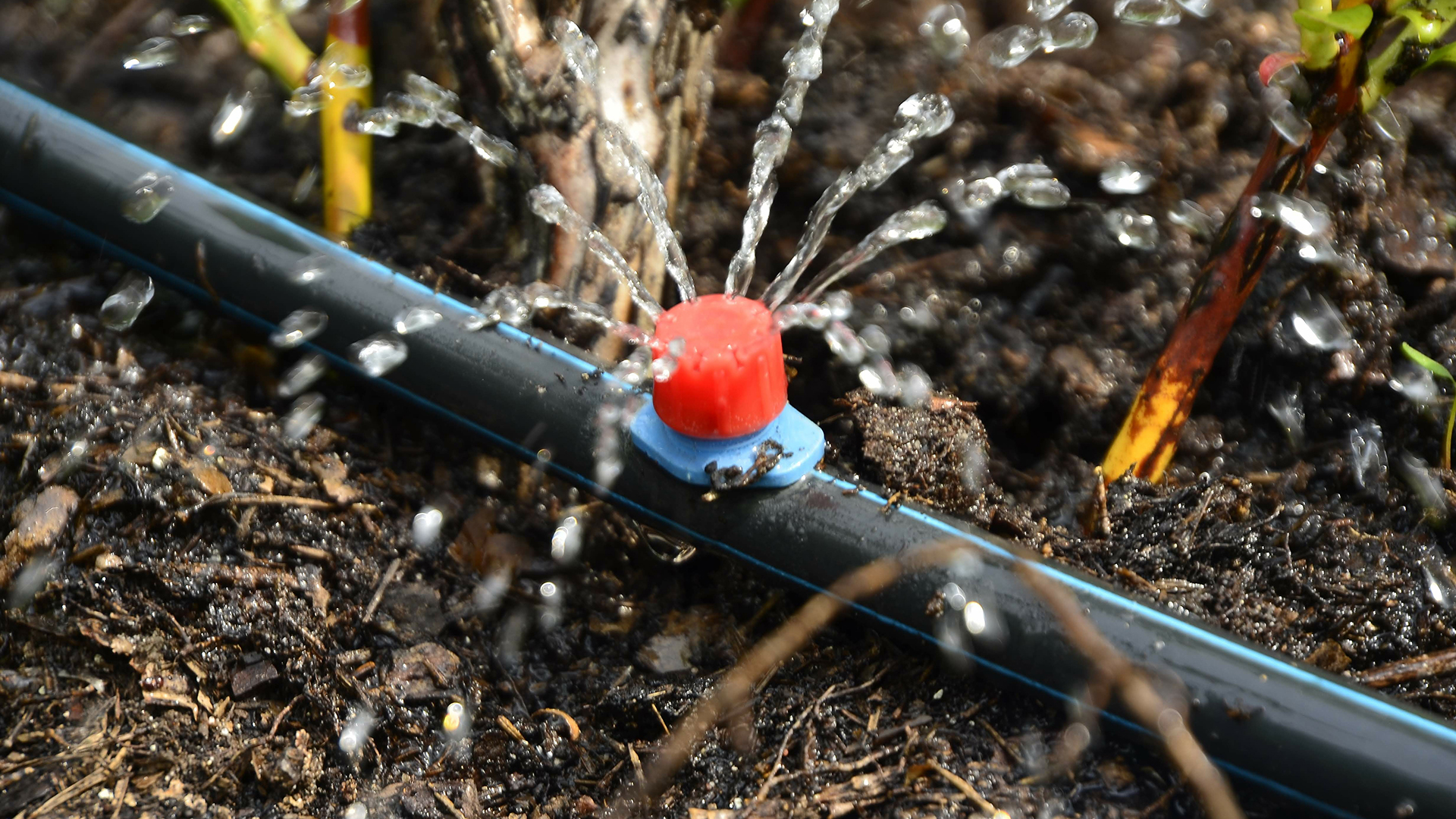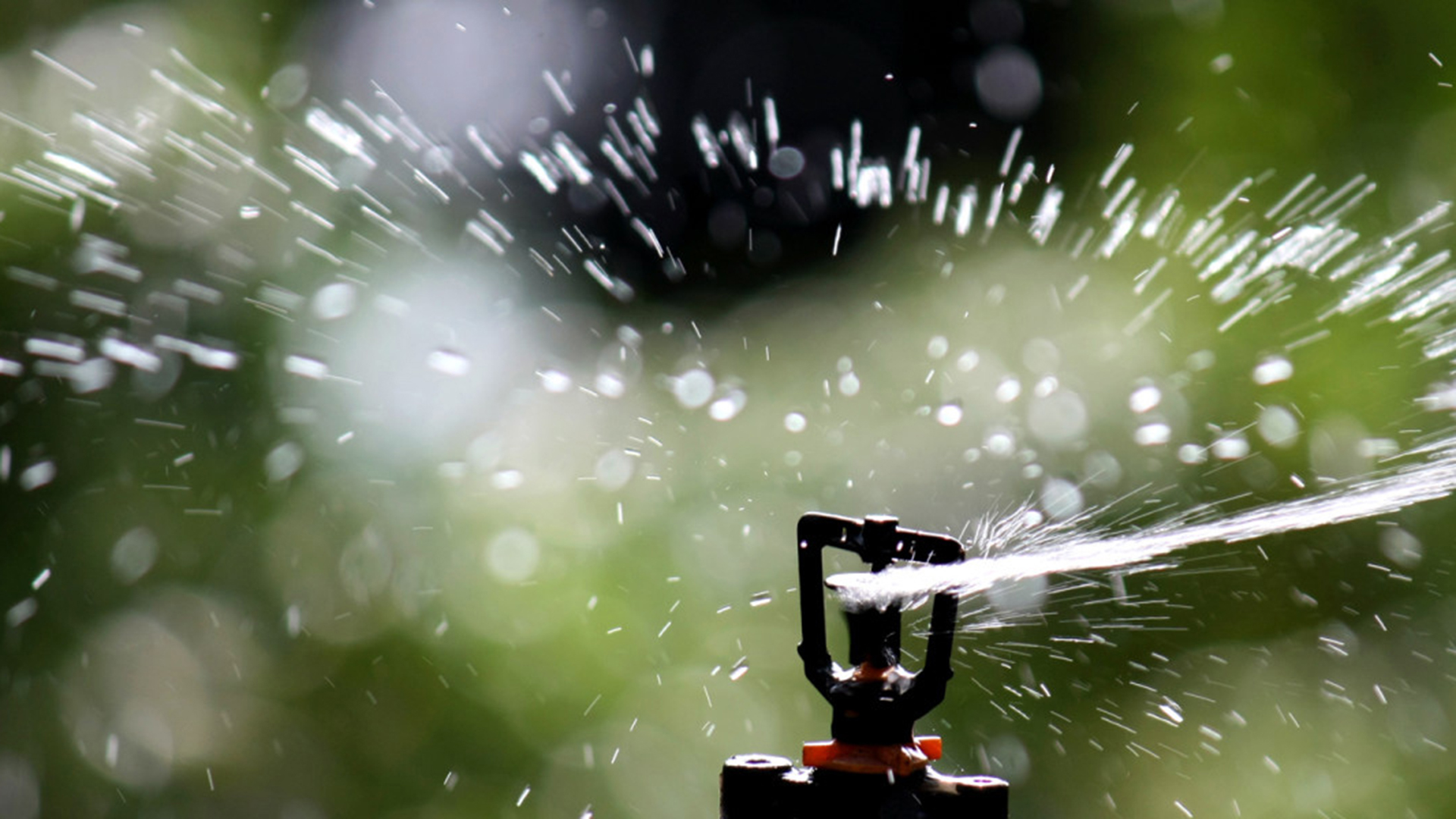Irrigating a Water Wise Garden
Irrigating Smart with Water-Wise Plants
Water-wise plants are adapted to our local Colorado climate and can survive on natural rainfall. However, there are times when irrigation is necessary to supplement rainfall to keep plants healthy. Although, water-wise plants require less water to main their appearance.
While it is sometimes thought that water-wise plants inherently use less water, many climate-adapted plants will use as much water as they are given. Therefore, it makes sense to limit the water given to only what’s needed for the desired natural appearance.
Irrigation Zones
One of the first steps in growing a water-wise garden is to separate it from any traditional turf irrigation zones. Hydrozoning is the practice of grouping plants with similar water requirements. Irrigation needs of water-wise plants are much less than turf and it would be water-wasting to include them in a traditional turf zone. Three types of irrigation to consider include:

- Drip irrigation is recommended for water-wise plant zones.
- Hand irrigation is also a possibility, unless there is too much area to hand water.
- Sprinkler irrigation is less efficient and more suited to uniform growth such as turf.
Quantity of Watering
Irrigations should be deep and infrequent. Deep means that the root zone is wetted. Since most gardens have a range of plant sizes, root zone depth can vary, too. Water for the deepest root zone. For shrubs and small trees, that means at least 12 inches.
It's hard to tell how much water is enough, which is why irrigation needs to be hands-on until you know your irrigation system and how plants will respond. Keep track of the time it takes for the water to runoff, rather than being absorbed. That will help you know how long to run your zones.
Frequency
Watering deeply leads to watering infrequently. Watering infrequently is important — it allows rainfall to water plants instead of developed water sources. At Northern Water, water-wise plants have intervals of three to four weeks without irrigation or rainfall. Shallow-rooted plants may drive the irrigation interval. In a mixed-species garden, that’s typical. When irrigation occurs, the amount of water applied gives the plants a larger reservoir of stored soil moisture to draw on.

When to Water
Let the plants tell you when to water. Usually there are one or two species that show water needs first. Sometime leaves droop in daytime in response to water deficits. When leaves haven’t recovered overnight, it’s time to water. Other plants look drier and may have changed color slightly. New plants require a lot of water and usually one full summer season to get established. Plan to gradually lengthen the irrigation interval, letting the plants be your irrigation trigger.
Seasonal Tips
A wet spring will drive strong early growth, but also lead to delays in first irrigation of the summer. Wait as long as you can to irrigate, while observing plant behavior. A dry, warm spring and summer may lead to earlier irrigation and higher seasonal water application because there is more demand for water. The irrigation zones to water-wise landscapes should be off unless irrigation will be scheduled. Setting the controller to auto-run at intervals leads to higher water applications and is not necessary for the plants.
